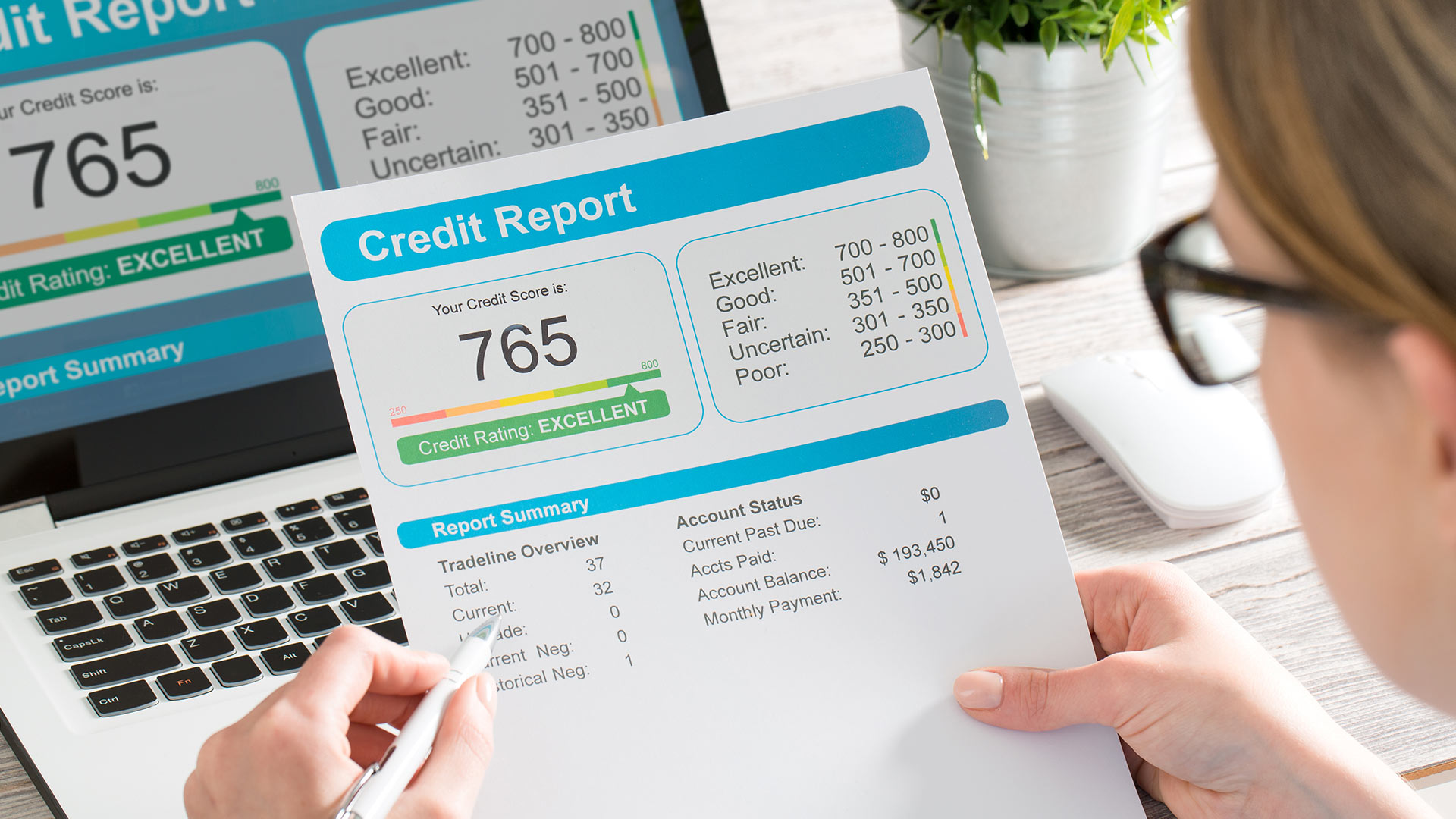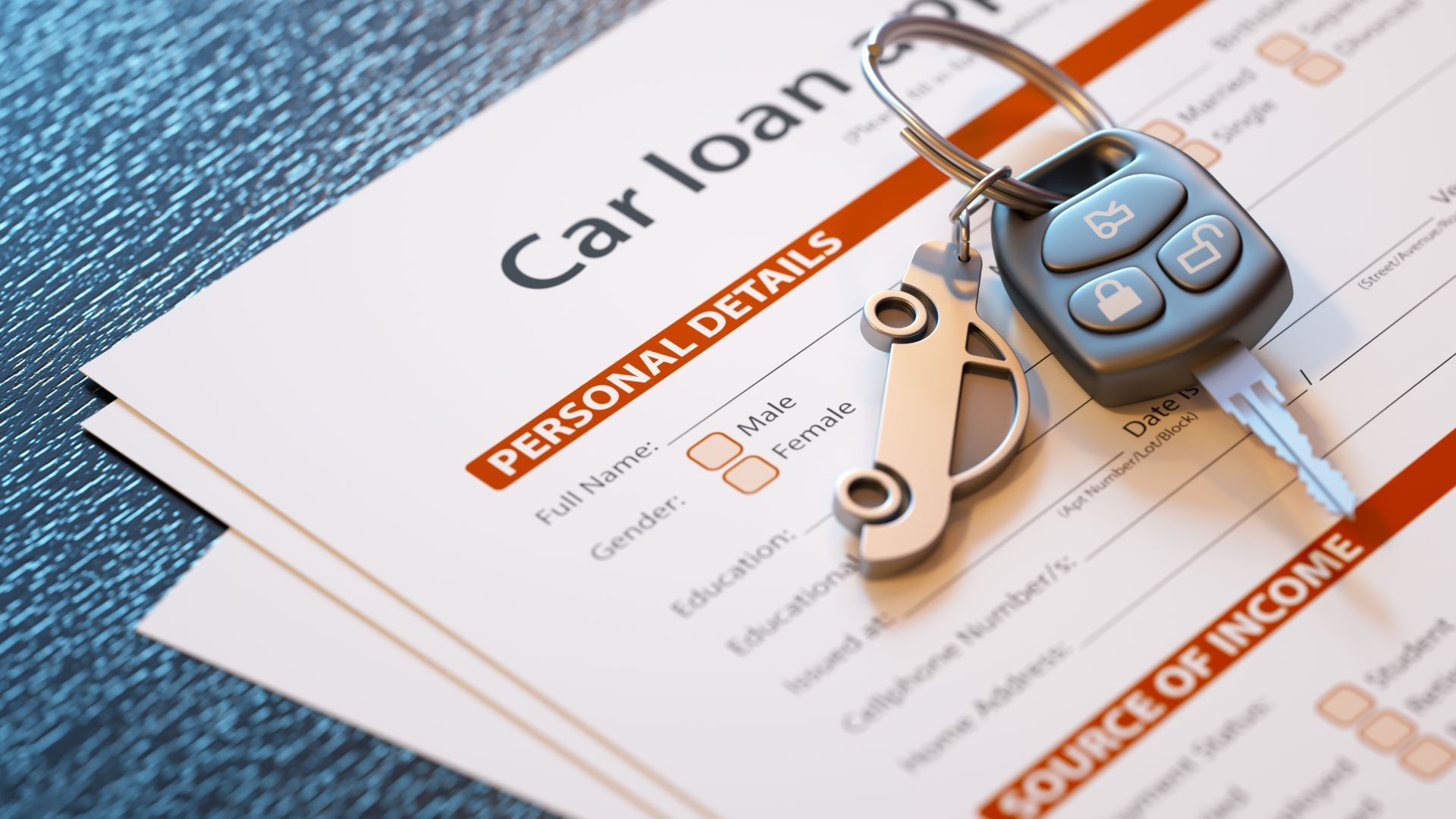Taking out a personal loan can be a strategic financial move when used wisely. Whether you need funds for a major purchase, debt consolidation, or an unexpected expense, understanding how to make the most of your personal loan is crucial. In this article, we’ll share four personal loan tips that can lead to financial success and help you achieve your goals.
1. Assess Your Financial Situation
Before applying for a personal loan, take a close look at your financial situation. Understanding your needs and your ability to repay the loan is essential. Here’s how to assess your financial readiness:
- Determine Your Purpose: Clearly define why you need the loan. Is it for home improvement, debt consolidation, education, or something else? Knowing your purpose will help you choose the right loan type and amount.
- Review Your Budget: Examine your monthly income and expenses. Calculate how much you can comfortably afford to repay each month without straining your finances. Make sure to leave room for unexpected expenses.
- Check Your Credit Score: Your credit score plays a significant role in loan approval and the interest rate you’ll receive. Obtain a copy of your credit report, review it for accuracy, and work on improving your score if necessary.
- Compare Loan Options: Shop around for the best loan terms. Compare interest rates, fees, and repayment terms from multiple lenders to find the most favorable deal.
2. Borrow Only What You Need
It’s tempting to borrow more than you actually need when taking out a personal loan. However, borrowing excess funds can lead to unnecessary interest costs and financial strain. Follow these guidelines:
- Set a Specific Loan Amount: Calculate the exact amount you need to cover your expenses or achieve your financial goal. Avoid rounding up to the nearest thousand unless it’s genuinely required.
- Consider Other Funding Sources: Before committing to a personal loan, explore alternative sources of funds, such as savings or low-interest credit cards. Using your own resources can save you money on interest.
3. Understand Loan Terms and Fees
Personal loans come with various terms and fees that can impact the overall cost of borrowing. To make an informed decision:
- Read the Fine Print: Carefully review the loan agreement, including the interest rate (fixed or variable), loan term, repayment schedule, and any fees (origination, prepayment, late payment, etc.). Ensure you fully understand the terms before signing.
- Calculate the Total Cost: Use a loan calculator to estimate the total cost of your loan, including interest and fees. This will help you gauge whether the loan fits within your budget.
4. Create a Repayment Plan
Having a solid repayment plan is crucial to managing your personal loan effectively. Here’s how to create one:
- Set Up Automatic Payments: Most lenders offer the option to set up automatic monthly payments. This ensures you never miss a due date and helps you build a positive payment history.
- Pay More Than the Minimum: Whenever possible, pay more than the minimum required payment. Doing so can shorten the loan term and reduce the total interest paid.
- Use Windfalls Wisely: Allocate any unexpected windfalls, such as tax refunds or work bonuses, toward your loan balance. This accelerates your repayment progress.
- Avoid Late Payments: Late payments not only result in fees but can also harm your credit score. Make timely payments to protect your financial reputation.
By following these personal loan tips, you can make the most of your borrowing experience. A personal loan can be a valuable tool for achieving your financial goals, but responsible borrowing and thoughtful financial planning are key to ensuring it pays off in the long run.



























